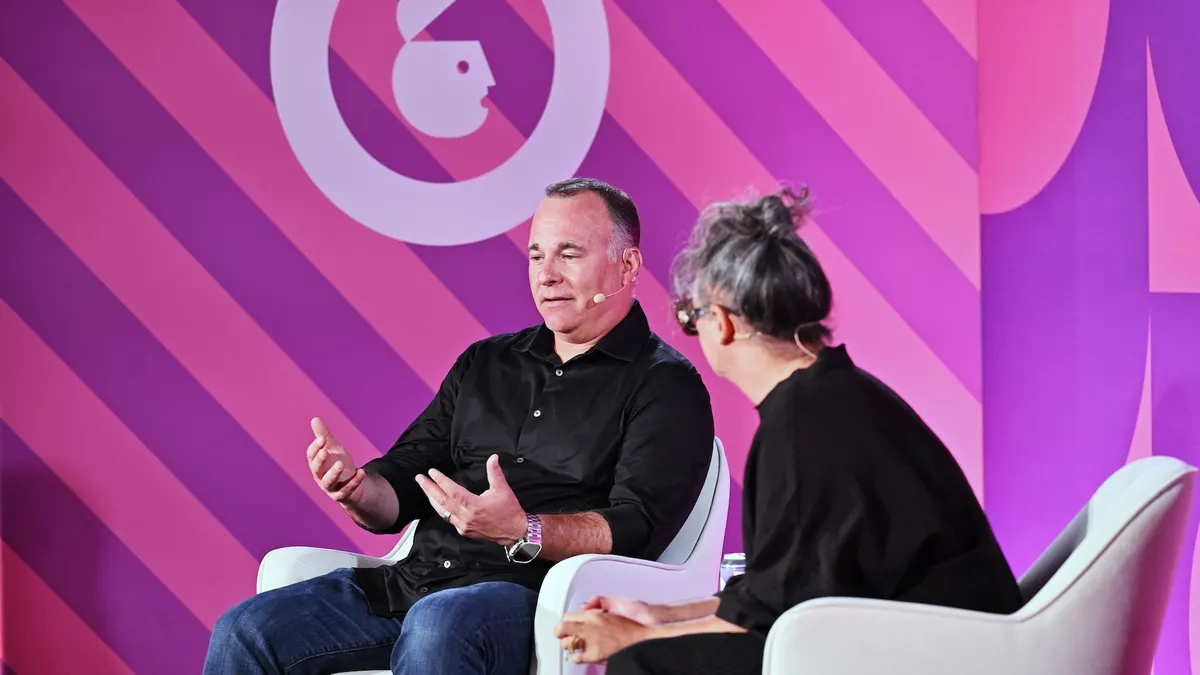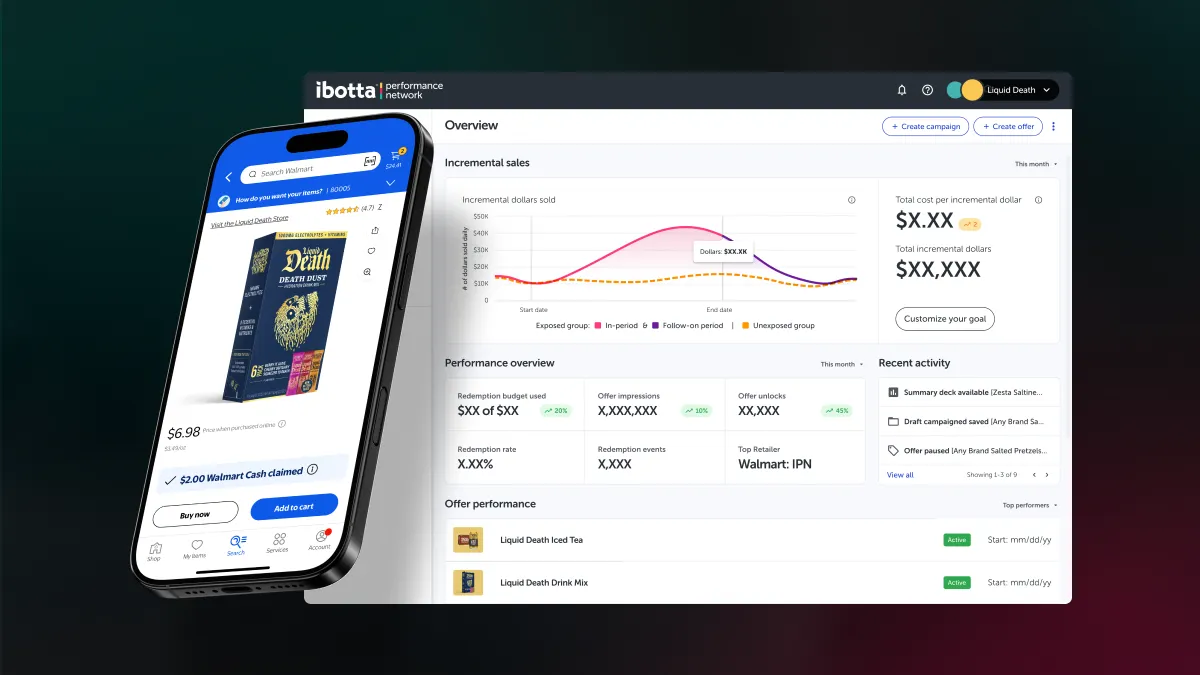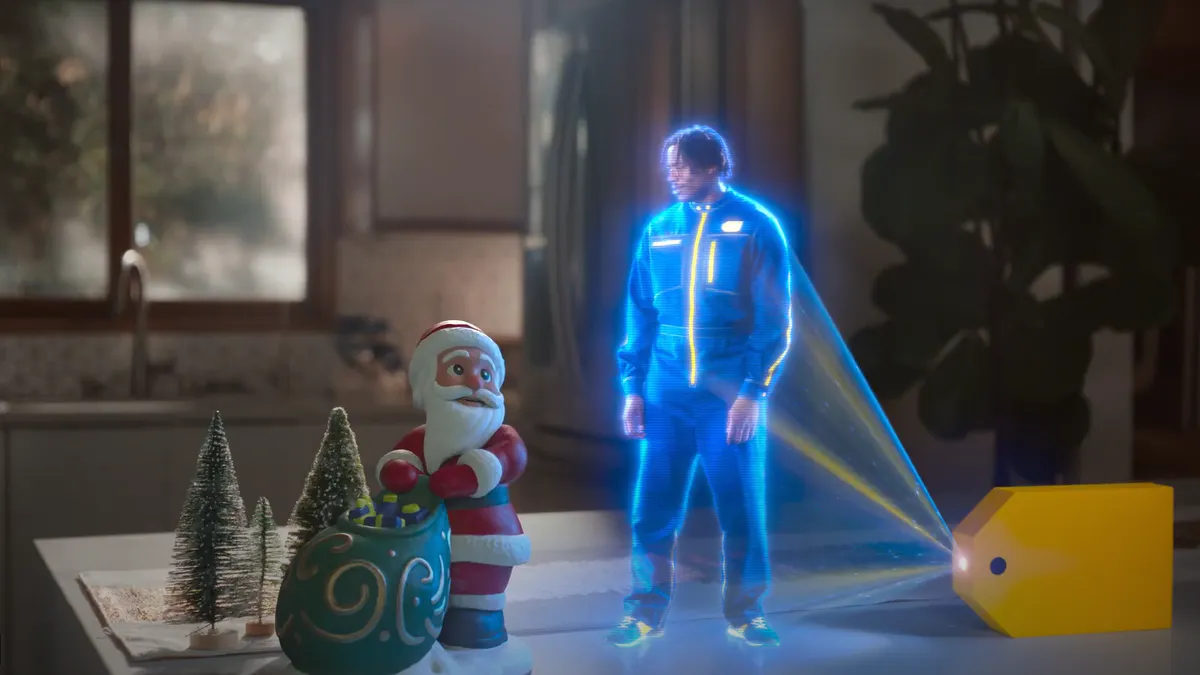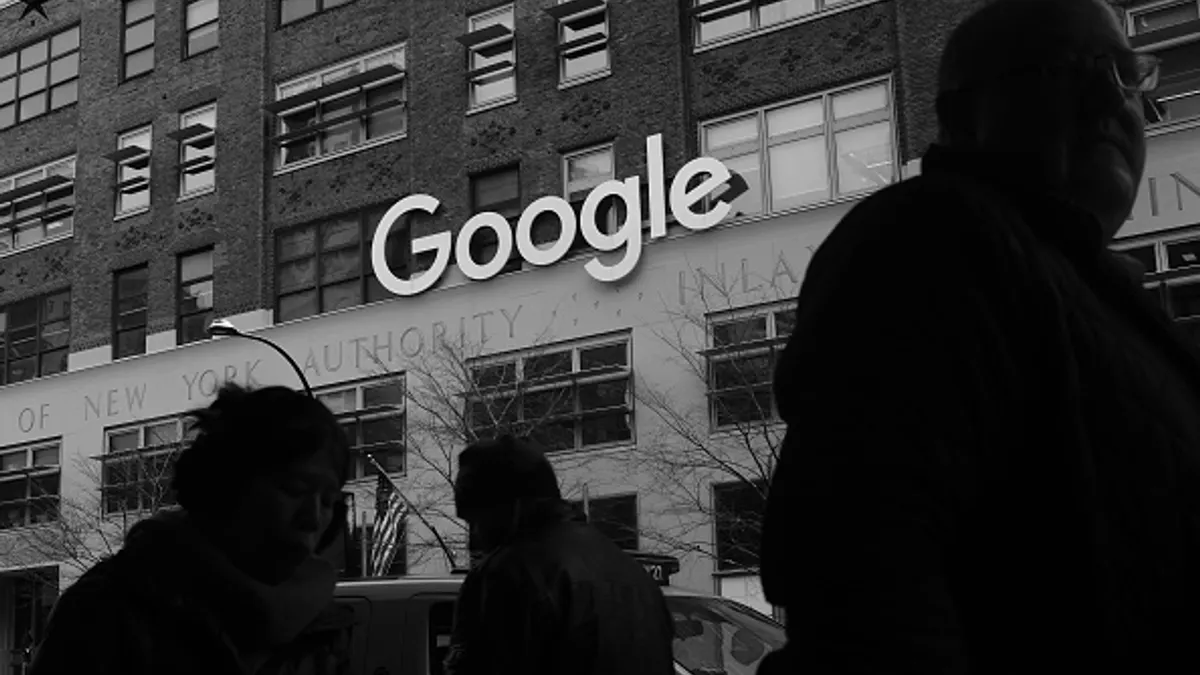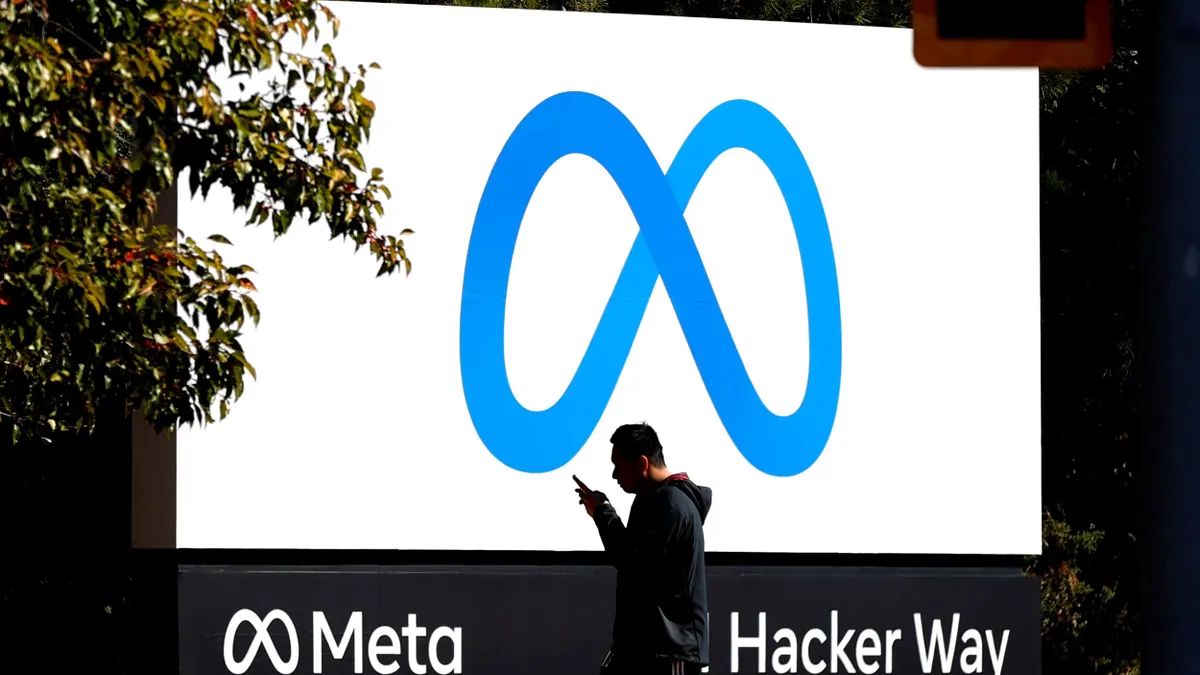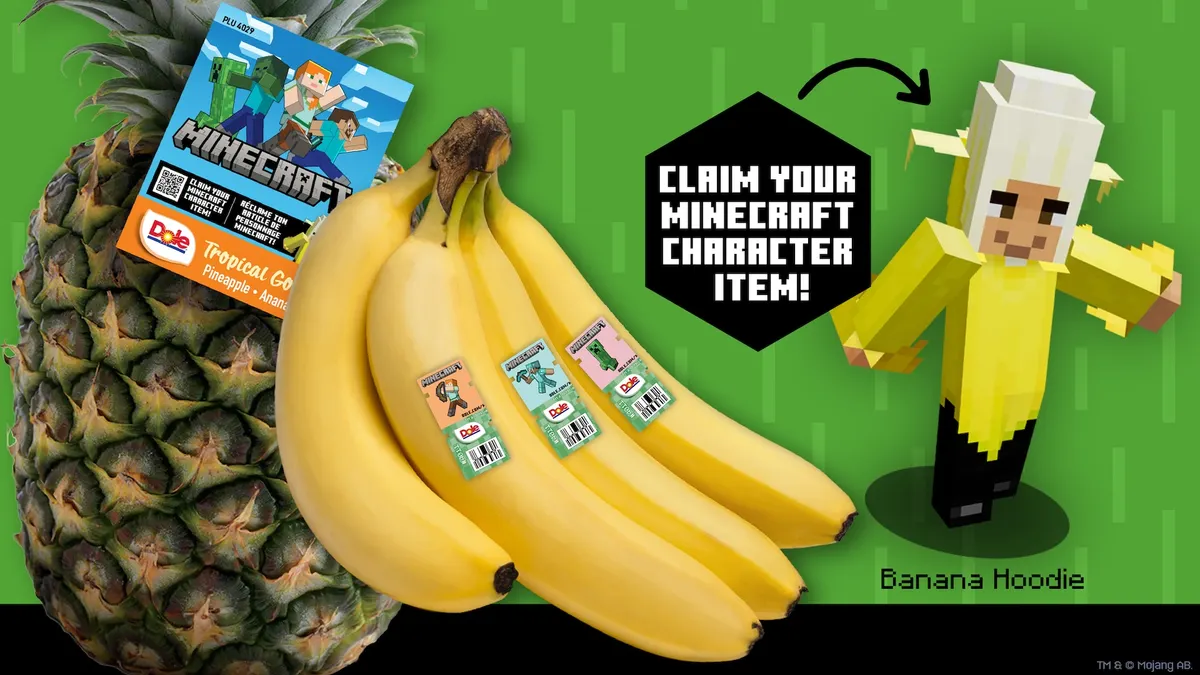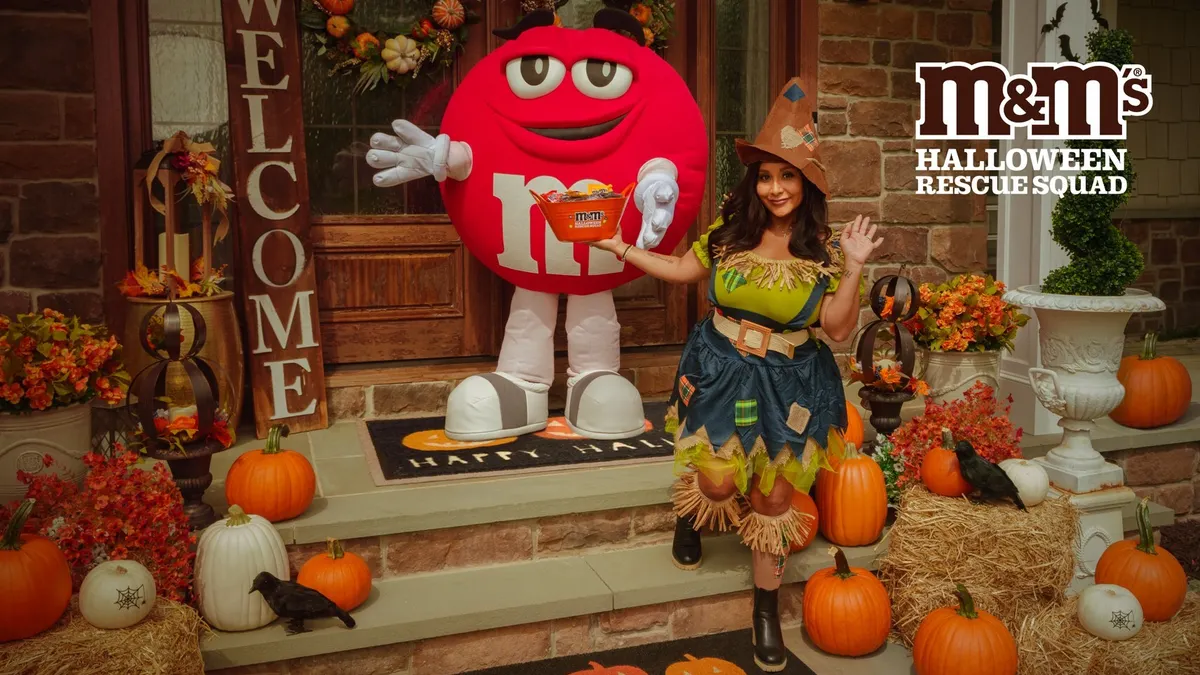Editor's Note: The following is a guest post from Neil Dawson, sales and marketing director at Ayima.
Back in the late nineties, when emojis first started to appear on our smartphones, it was hard to imagine that these little Unicode images could hold so much importance across generations. But it's fair to say that emojis are taking the world by storm. Generation Z is even recognizing the commercial appeal, with shops stocked with emoji merchandise and even the release of an emoji-themed movie this summer.
So, what are emojis? Why do we have such an affinity with them? And how are they being used by brands to drive customer engagement?
An emoji love affair
Ninety-two percent of all internet users use emojis every day, according to some industry analysts. In a world driven by fast-paced, frequent communication, emojis fill a gap. A single image can express our emotional state, views and even location, in a much quicker and, sometimes, more precise way than words alone.
As of July 2017, there are 2,666 emojis in the Unicode standard readily accessible via iOS, Android and Windows platforms. Apple has even started releasing its own emojis exclusively for communication between Apple's devices, featuring a sandwich, a zebra and a genie, to name just a few from the most recent release.
And, of course, brands are joining the emoji conversation as well.
We've seen some great examples of emojis being used in advertising campaigns, such as the McDonald’s "good times" large print advertising campaign:
Twitter is another popular channel for emoji use in conversations. The advertising team at Twitter hasn't missed a trick with this and has enabled large brands to develop their own emojis for use within the site. The first was Coca-Cola with their #ShareaCoke campaign, where the use of the hashtag automatically inserts a distinct emoji icon.
Several other brands have since followed, but at a substantial cost, rumored to be in seven figures, according to Adweek sources.
Those looking to use the standard suite of emojis, include WWF who racked up over 35,000 retweets with its endangered emoji campaign, using only the standard selection of animal emojis to highlight the plight of their real-life counterparts:
And NHS Organ Donation cleverly uses the "growing heart" emoji in its Twitter name, with the emoji holding startling significant meaning for the organization.
Brands quote several reasons for getting involved in the emoji conversation, including increasing brand awareness, creating eye-catching campaigns, increasing interaction with their customers and also saving time.
A good example of time-saving capability is perfectly displayed in Domino's use of the pizza emoji. Following a short registration, customers can tweet the pizza emoji to Domino's whenever they want their favorite pizza billed and delivered.
The results are clear. A 2016 report by LeanPlum and App Annie shows that app owners can expect an 85% increase in open rates where emojis are used in push notifications. We regularly see emojis used in paid search with proven effect and it seems that organic search may well be following the same pattern.
Leveraging emojis for search
Shortly after launching emoji capability in search, Google took it down again. There were various speculations at the time as to why this happened, including the view that emojis were being misused in title tags and generating disingenuous search results. But in February 2017, they were back, and brands are starting to get to grips with how this functionality might benefit them. Bing and Yahoo also have emoji search capability, but your search engine results page (SERP) may vary hugely according to the search engine selected, the emoji used and your additional surrounding text.
Take the French fries emoji, for example. After an initial reference to the Wikipedia definition, Google will display a long list of results relating to the emoji itself, with most of the linked sites showing the emoji image in the title tag:
Whereas Bing displays a list of French fries recipes:
If you expand the search in Google to include the phrase "near me," restaurant selections are displayed. Although, past the first few location-based searches, they often aren't all that local.
In a search on Google using the rabbit emoji, only one search result displays the rabbit emoji and the rest seem to reference the word 'rabbit.'
Whereas the inclusion of the text 'to buy,' delivers useful local search results:
Should emoji SEO form a part of your online marketing strategy?
The jury is still out on how Google is using emojis in its search algorithms. From the simple search examples shown here, you can see that each icon may be treated completely differently, according to the search engine used and any surrounding text used in combination with the emoji.
In fact, just by focusing on your keyword phrases, and not using emoji images at all, you could be tapping into the emoji search market. If Google is simply using the common descriptor for the emoji, rather than the image itself, then you could very well already be accessing this market.
That said, there is clearly an indication that Google is using the emoji itself within the search results, as Twitter does in its search functionality. In which case, if there is an emoji that is truly relevant to your business it could be good practice to feature this within the content of your website.
Keep it targeted
Bringing emojis into your search marketing strategy will only work if it fits with your target audience. At the very basic level, your audience needs to be searching using emojis to start with, and this style of communication needs to resonate with them. If you're selling to Gen Z and millennials, if your brand is fun, friendly, light-hearted and design-led or if there is a clear emoji that speaks your brand values, then this might be a channel that could consider engaging with.
It's also worth bearing in mind that emojis are more easily accessible through the touch keypad displayed on tablets and smartphones. It's highly likely that most emoji-based search will be taking place via these devices, rather than laptops or PCs, so it's something to bear in mind when you are optimizing pages for emoji search.
A word of caution
You must be clear on the meanings of chosen emojis across territories and you have to ensure that they are relevant to your brand. Most importantly they have to add something to your message. Although the fascination with emojis doesn't appear to be abating anytime soon, like any trend it can be overused and marred by misuse.
As new emojis are released through Unicode updates we wonder how brands will use them to their benefit. The pizza slice emoji is already starting to gain acceptance as part of the Dominos brand and the burger with McDonald's. Which emoji will be claimed next?



